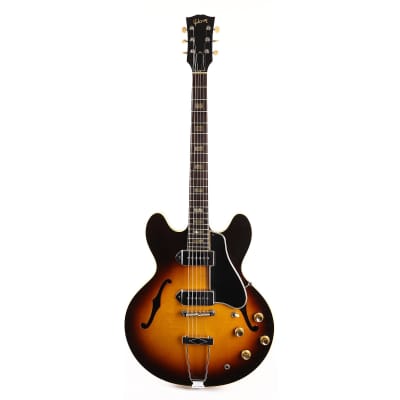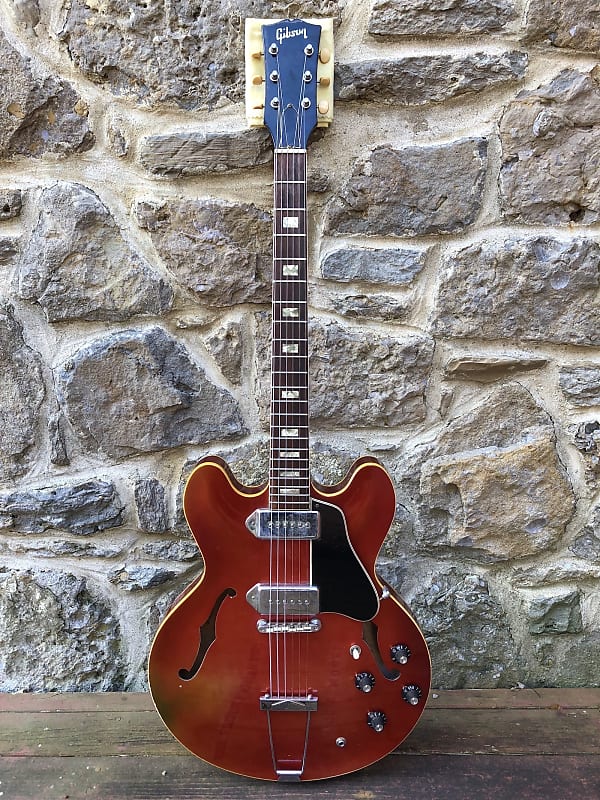

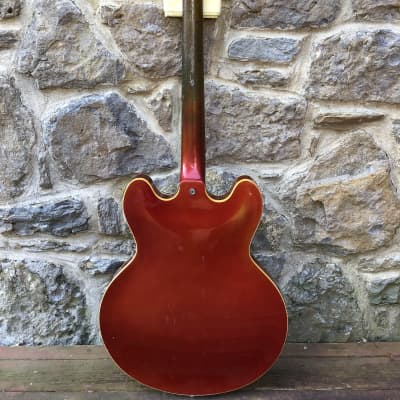
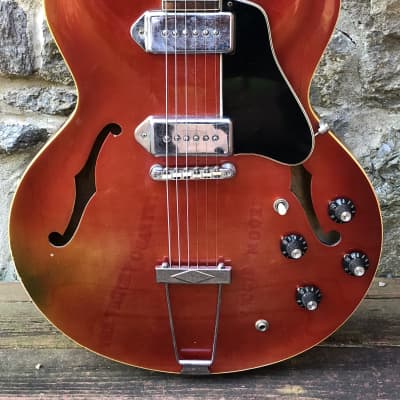
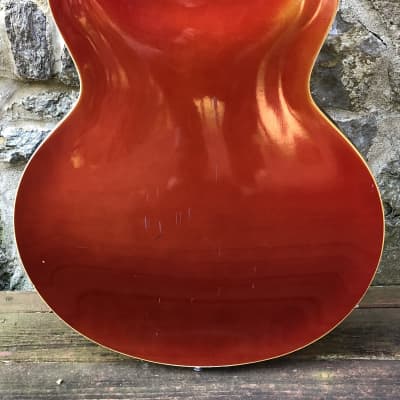
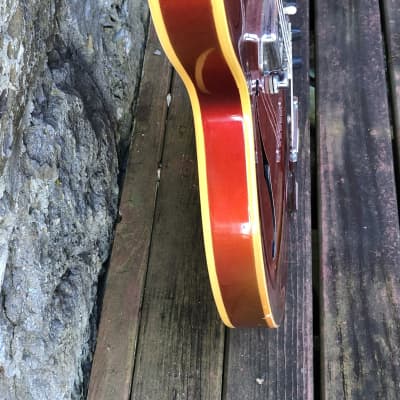
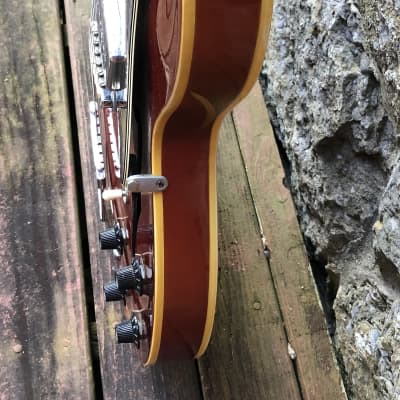
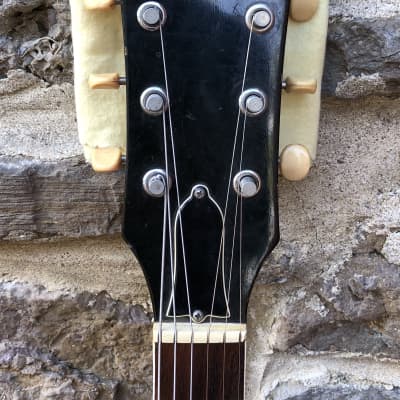
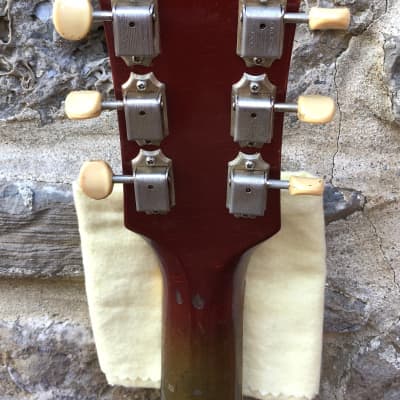
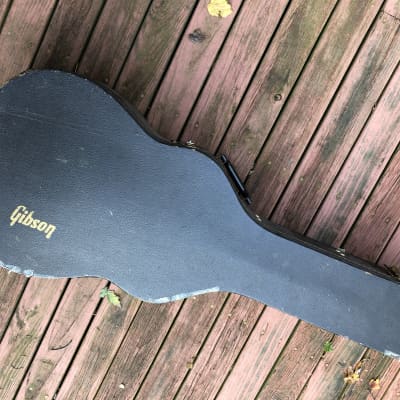
1967 Gibson ES-330 TD Sparkling Burgundy Metallic
Original Price$6,989
New Price$6,489
$500 price drop
+ $159 Shipping
Listed:5 years ago
Views:11931
Watchers:220
Offers:1

Dayton, OH, United States
Reverb Buyer Protection
Reverb has your back if your item is lost, damaged, or doesn't match its description. Simply report any issues within 7 days and we'll help you get a full refund.Learn More
